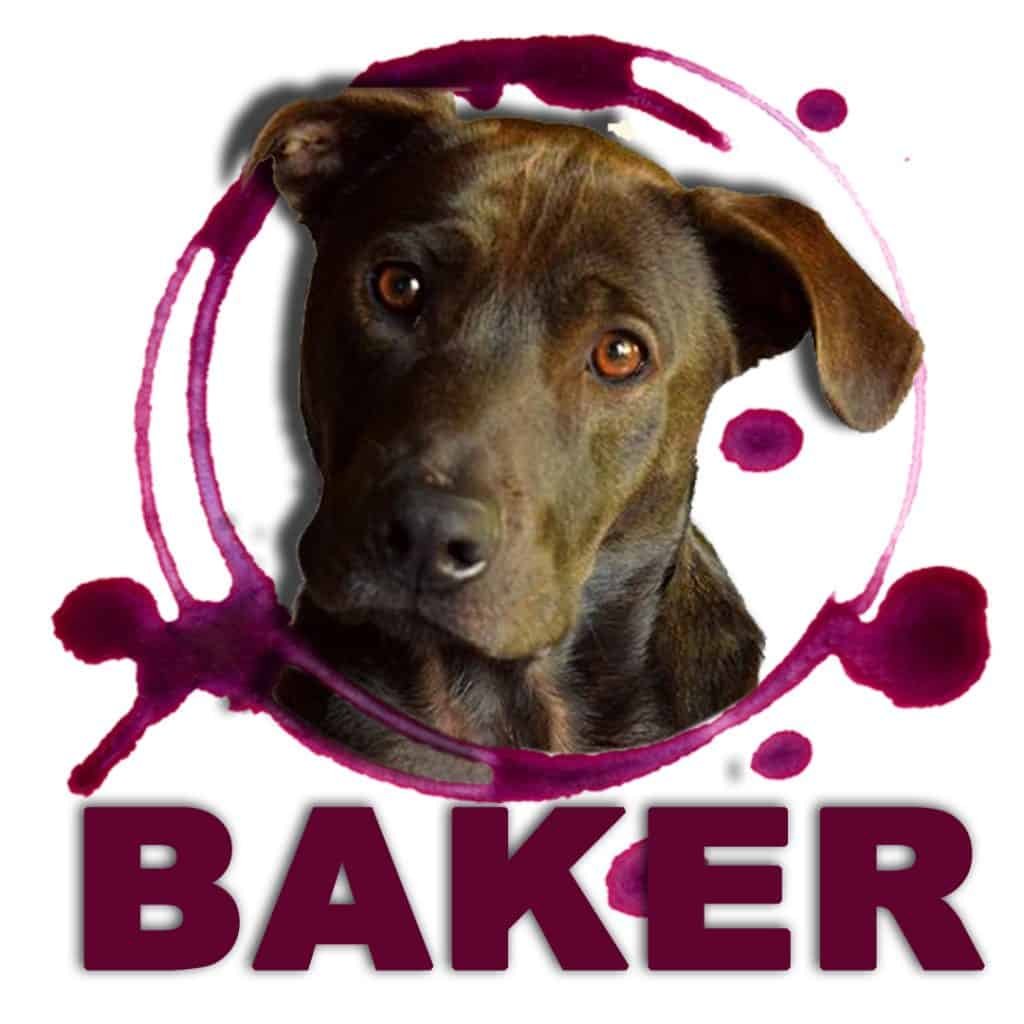Champagne 101 by Baker the Bougie Wine Dawg
Sparkling wine is, well, wine that has carbon dioxide added to make it fizzy, during secondary fermentation. Of course, the most well-known example of sparkling wine comes from France (so do French bulldogs but I won’t hold that against ‘em) and is known as Champagne, a sparkling wine that is made in the Champagne region of France (wine made in France, as well as many other countries in Europe is more about the region than the particular grape used to make the wine). Sparkling wine not made in France is referred to as… well, Sparkling Wine. You don’t have to be a Border Collie to figure that out.
Some sparkling wines from other regions have made a name for themselves and have become know by other monikers: Asti (Spumante- Near the town of Asti in Italy), Cava (Spain), Prosecco (Italy), Sekt (Czechoslovakia, Germany, Austria), and Cap Classique (South Africa).
Champagne is made primarily from Chardonnay, Pinot Noir and the lesser know Pinot Meunier. Sparkling wines from other countries can be made with a variety of different grapes, typically a grape indigenous to that country. One thing that differentiates all Champagnes and Sparkling wines is how the secondary fermentation takes place. This usually contributes to both the taste, and the cost of the wine. These two methods are:
- Methode Champenoise or Metodo Classico: the secondary fermentation takes place in the bottle.
- Charmat method: the secondary fermentation takes place in stainless steel tanks.
What you Need to Know:
Types of Champagne:
- Prestige Cuvee (cuvee de prestige): Usually designates the top of the line for a producer: Louis Roederer’s Cristal, Moet & Chandon’s Dom Perignon.
- Blanc de Noirs: A white wine made from the pinot noir and/or pinot Meunier grapes (the skins are removed from the process early on, hence the white juice).
- Blanc de blanc: A white wine made from Chardonnay grapes.
- Dog Perignon: Champagne for dogs of course.
Sweetness:
Sweetness is determined by the amount of sugar added after the second fermentation (called dosage). From driest to sweetest, Sparkling wines use the following to designate how sweet their bubbly is:
- Brut Zero (no sugar added)
- Extra Brut
- Brut
- Extra Dry
- Sec
- Demi-sec
- Doux (sweetest).
In my next post I’ll dig into some of the more popular types of sparkling wines mentioned above. Until then ponder this: what name do you think your dog has given to you? Scooter, Baxter, maybe Sparky? And remember, I may be man’s (or woman’s) best friend, but only if you have wine!
Ruff!



